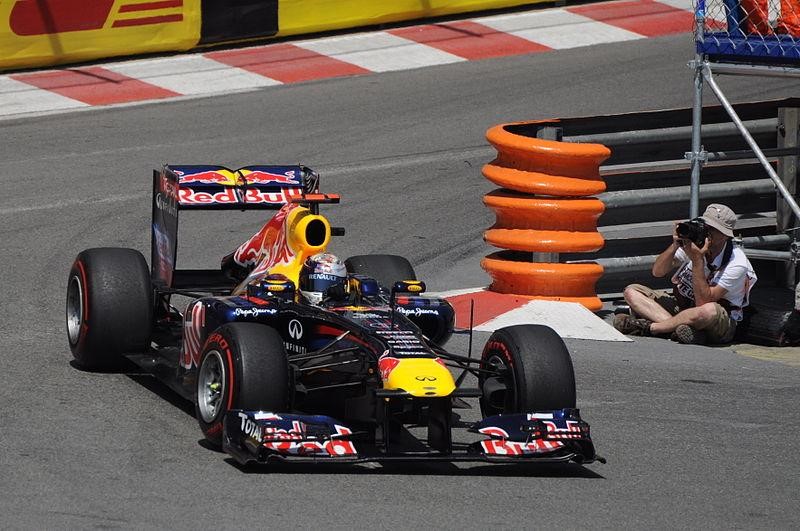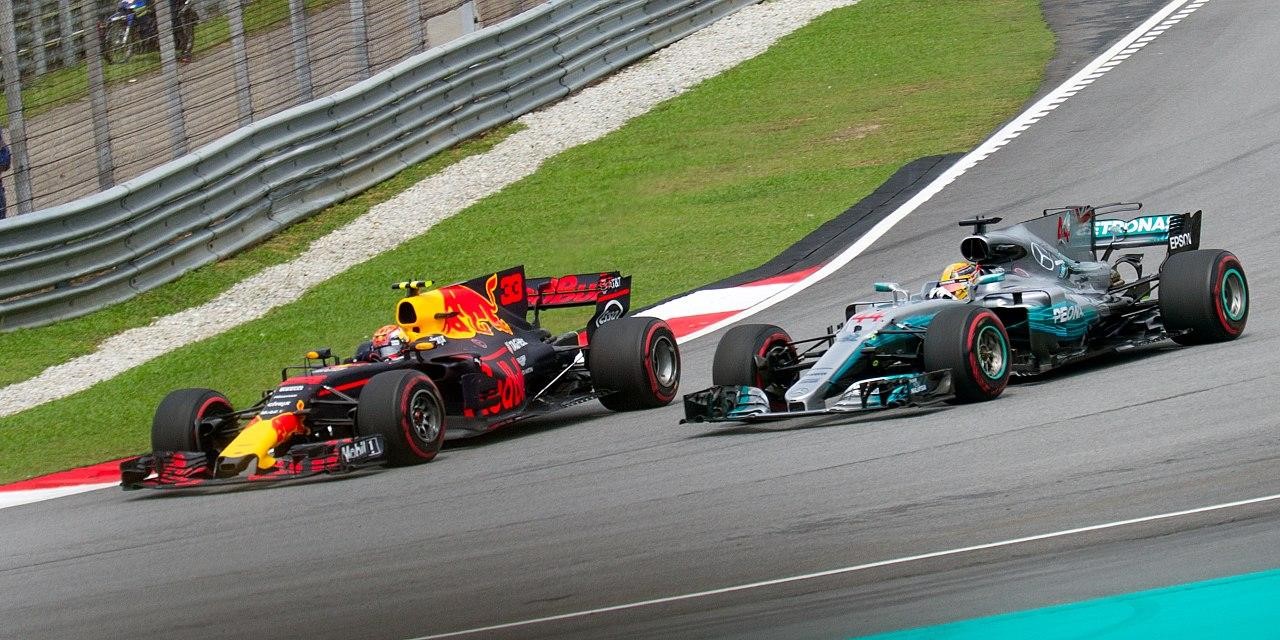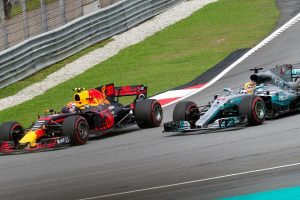Watching an F1 race live has got to be one of the most exhilarating experiences a sports fan can see. The sheer speed of the cars and skill of the drivers is breathtaking to observe.
Like any live sporting event, the atmosphere itself adds to the experience, whether you choose to book your own tickets in the grandstand or opt for a more exclusive package, you’re sure to have a great day out.

The race schedule back in 2018 took in twenty-one countries according to the BBC, so there were plenty of opportunities to see a race in a city near you.
Of course, it’s easy to forget when you’re enjoying the atmosphere and spectacle that F1 racing is a dangerous sport and a lot goes on behind the scenes to control the race from every aspect.
But don’t panic because anything as large as this would be covered by Event Medical Cover which can be found at sites including https://outdoormedicalsolutions.co.uk.
Who’s in charge?
The race director has overall control of the race on the day but they are assisted by a team of personnel. These include marshals and stewards, from the Federation Internationale de L’Automobile (FIA), local support staff and each course provides a clerk of the course, who must be a native of the country hosting the race. Other members of the team at each race will include the safety car driver and the medical response teams. It is the responsibility of the race director and clerk of the course to remain in contact with their team of support staff at all time during the race.

One of the most common issues this team will deal with is discipline. They have to spot and report any potential infringements of the rules and determine what action should be taken, although sometimes decisions are delayed until the conclusion of the race. Where a serious accident occurs or weather conditions deteriorate, it is up to the race director to determine if it would be safer to suspend the race.
Technology
It’s no surprise that technology plays a key part in controlling an F1 race. Screens display images from each and every part of the course and officials are in constant contact with each other via phone and radio. With races sometimes tightly contested there are also highly accurate systems to monitor and record timings.

